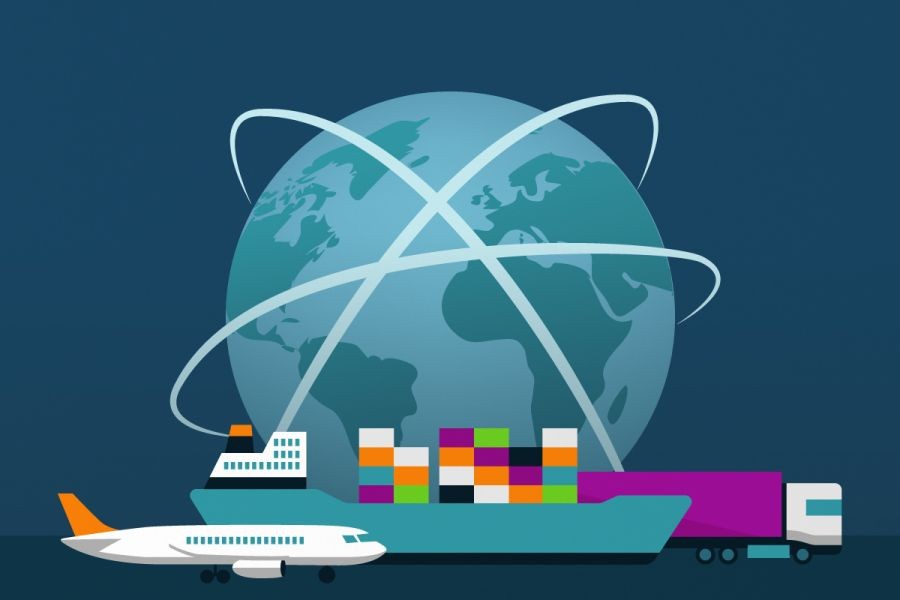Global trade agreements have long been pivotal in shaping economies. For New Zealand, its strategic alliances with Asian countries have been a cornerstone of its export-driven economy. Notably, these trade agreements account for over 60% of New Zealand’s exports, highlighting their significance. This article delves into the intricacies of these agreements, assessing their pros and cons, and offering insights for economic strategists.
Understanding New Zealand's Trade Dynamics with Asia
New Zealand's trade agreements with Asia, including the Comprehensive and Progressive Agreement for Trans-Pacific Partnership (CPTPP) and the New Zealand-China Free Trade Agreement, have significantly influenced its economic landscape. According to Stats NZ, exports to Asia in 2022 amounted to 62% of New Zealand's total exports, underscoring the importance of these partnerships. But what drives these numbers, and what are the implications for New Zealand's economy?
Pros of Trade Agreements with Asia
- Market Access: These agreements provide New Zealand businesses with preferential access to large and growing markets like China, Japan, and South Korea. This access has been instrumental in boosting New Zealand's dairy and meat exports, which are highly sought after in Asian markets.
- Economic Growth: By facilitating easier trade, these agreements have contributed to GDP growth. A report by the Ministry of Business, Innovation and Employment (MBIE) highlights that trade agreements have added approximately NZD 5 billion to New Zealand's economy in recent years.
- Diversification: Engaging with diverse markets in Asia helps reduce New Zealand's dependence on any single trading partner, thereby mitigating risks associated with economic downturns in specific countries.
Cons of Trade Agreements with Asia
- Dependence Risks: While diversification is a benefit, heavy reliance on Asian markets poses risks if geopolitical tensions or economic slowdowns occur in these regions.
- Regulatory Challenges: Navigating different regulatory environments can be complex for New Zealand businesses, especially small and medium enterprises (SMEs) lacking resources for compliance.
- Domestic Industry Impact: Increased competition from Asian imports can pressure local industries, potentially leading to job losses or business closures in sectors unable to compete on price.
Real-World Case Study: Fonterra's Success in China
Problem: Fonterra, New Zealand's largest dairy cooperative, faced the challenge of expanding its market share in China amidst intense competition and regulatory hurdles. The Chinese market was crucial for Fonterra, given the high demand for dairy products.
Action: To overcome these challenges, Fonterra leveraged the New Zealand-China Free Trade Agreement. This allowed for reduced tariffs and streamlined entry into the Chinese market. Fonterra also invested in local partnerships and supply chain efficiencies to enhance its market presence.
Result: Within three years, Fonterra saw a 25% increase in its market share in China. Revenue from Chinese exports surged by 35%, amounting to NZD 4 billion annually.
Takeaway: The case of Fonterra underscores the importance of strategic partnerships and leveraging trade agreements to penetrate competitive markets. Other New Zealand businesses can adopt similar strategies to expand their footprint in Asia.
Common Myths & Mistakes
- Myth: "Trade agreements only benefit large corporations." Reality: While large corporations like Fonterra benefit significantly, SMEs also gain market access, provided they navigate the regulatory landscape effectively.
- Myth: "All Asian markets are the same." Reality: Each market has unique cultural and regulatory nuances. New Zealand businesses must tailor strategies to each country's specific demands.
- Myth: "Trade agreements guarantee success." Reality: Success requires strategic planning and execution. Without these, businesses may not reap the intended benefits.
Future Trends & Predictions
Looking ahead, New Zealand's trade relationships with Asia are poised for further evolution. By 2028, it is anticipated that New Zealand will expand its trade agreements to include emerging markets like Vietnam and Indonesia. A report from Deloitte suggests that these markets will offer substantial growth opportunities, especially in technology and agriculture sectors.
Conclusion
New Zealand's trade agreements with Asia are a double-edged sword, offering both opportunities and challenges. By understanding and navigating these dynamics, businesses can position themselves for sustainable growth. As these relationships continue to evolve, staying informed and strategically agile will be crucial for New Zealand's economic success. What's your take? Share your insights below!
People Also Ask (FAQ)
- How do New Zealand's trade agreements with Asia impact its economy? These agreements enhance market access, driving economic growth and diversification. They contributed approximately NZD 5 billion to New Zealand's GDP, according to MBIE.
- What are the biggest misconceptions about these trade agreements? A common myth is that they solely benefit large corporations. In reality, SMEs also gain market access and can benefit significantly.
- What are the best strategies for leveraging trade agreements? Experts recommend understanding local market nuances, investing in local partnerships, and ensuring compliance with regional regulations.
- What upcoming changes could affect these trade agreements? By 2026, policy updates in emerging Asian markets could shift trade dynamics. Staying informed on these changes is crucial.
Related Search Queries
- New Zealand trade agreements with Asia 2025
- Impact of CPTPP on NZ economy
- New Zealand-China Free Trade Agreement benefits
- How NZ businesses benefit from Asian markets
- Future of NZ-Asia trade relations






























